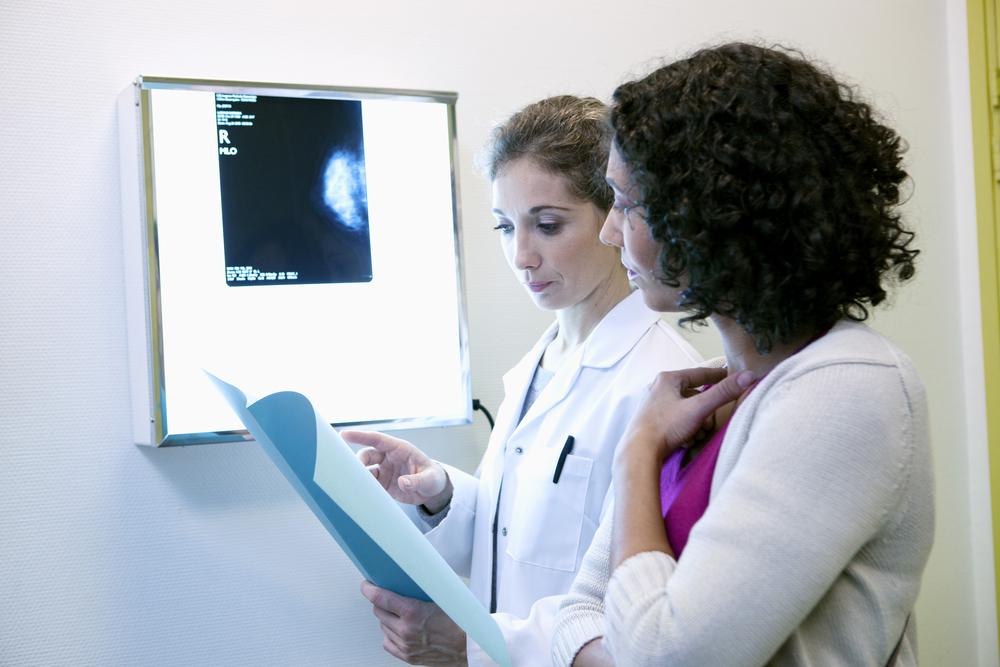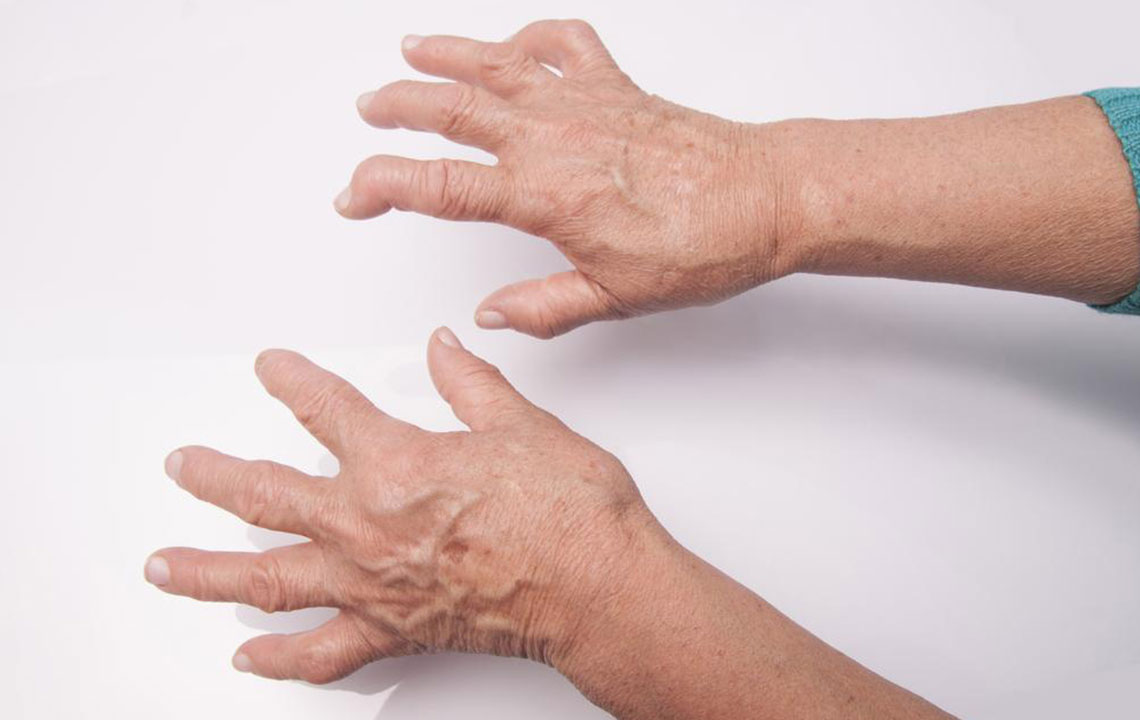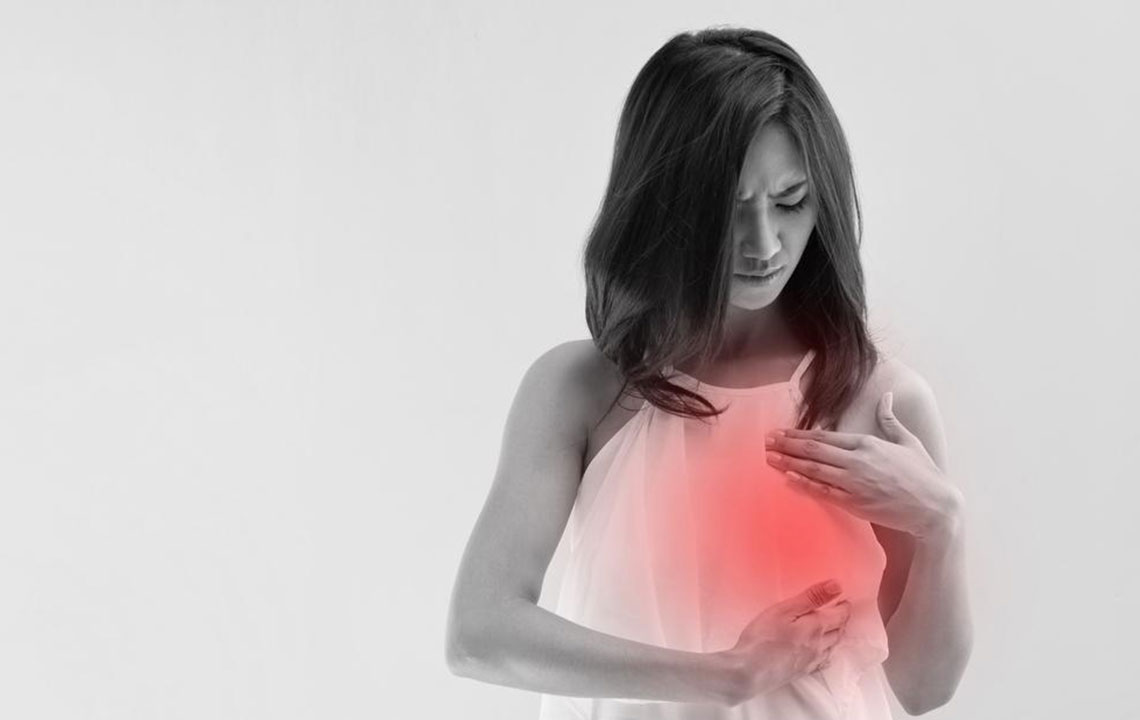Understanding Breast Cancer: Stages and Warning Signs
This article explains the different stages of breast cancer, their characteristics, and common signs to watch for. Understanding these stages and symptoms helps in early detection and effective treatment. It covers everything from non-invasive to advanced metastatic breast cancer, emphasizing the importance of professional diagnosis. Recognizing early symptoms like lumps or skin changes can save lives and improve outcomes. Stay informed about breast health and consult healthcare providers promptly if any concerning signs arise.

Breast cancer originates from abnormal growth of cells within breast tissue. Its progression is classified into different stages based on tumor size, lymph node involvement, and spread to other organs. The staging system guides treatment plans and prognosis. The stages range from 0 to 4, with each indicating increasing severity. Familiarity with these stages and recognizing early symptoms are crucial for timely diagnosis and effective treatment.
Overview of Breast Cancer Stages
Stage 0
Represents non-invasive cancers such as ductal carcinoma in situ (DCIS).
Stage 1a
Small invasive tumors less than 2 centimeters confined within the breast, with no lymph node spread.
Stage 1b
Tiny clusters of cancer cells (0.2-2 mm) present in lymph nodes or small tumors less than 2 centimeters.
Stage 2a
Tumors larger than 2 centimeters but under 5 centimeters, with or without lymph node involvement.
Stage 2b
Tumors between 2 and 5 centimeters with small lymph node groups, or tumors larger than 5 centimeters without lymph node spread.
Stage 3a
Larger tumors over 5 centimeters, or smaller tumors spread to nearby lymph nodes near the breastbone.
Stage 3b
Tumors of any size that have invaded the chest wall or skin, with lymph node involvement.
Stage 3c
Cancer spreads to more than 10 axillary or collarbone lymph nodes.
Stage 4
Advanced cancer that has metastasized to distant organs like the brain, liver, or skin.
Signs and Symptoms
Most often, a lump detected during self-exam prompts concern. Soft, movable, painless lumps tend to be benign, while hard, painless, fixed lumps are more suspicious. Other symptoms include breast swelling, skin changes, nipple irritation, unusual discharge, or pain, though these can be caused by benign conditions. Professional evaluation is essential for accurate diagnosis, especially if early signs are observed.
Early and Late Symptoms
Painless lump
Pain or tenderness
Breast swelling
Nipple abnormalities
Skin redness or thickening
Unusual nipple discharge
Note: The information provided here aims to educate but should not replace professional medical advice. Consult healthcare providers for diagnosis and personalized care. The content may not include all available treatments or latest updates.










